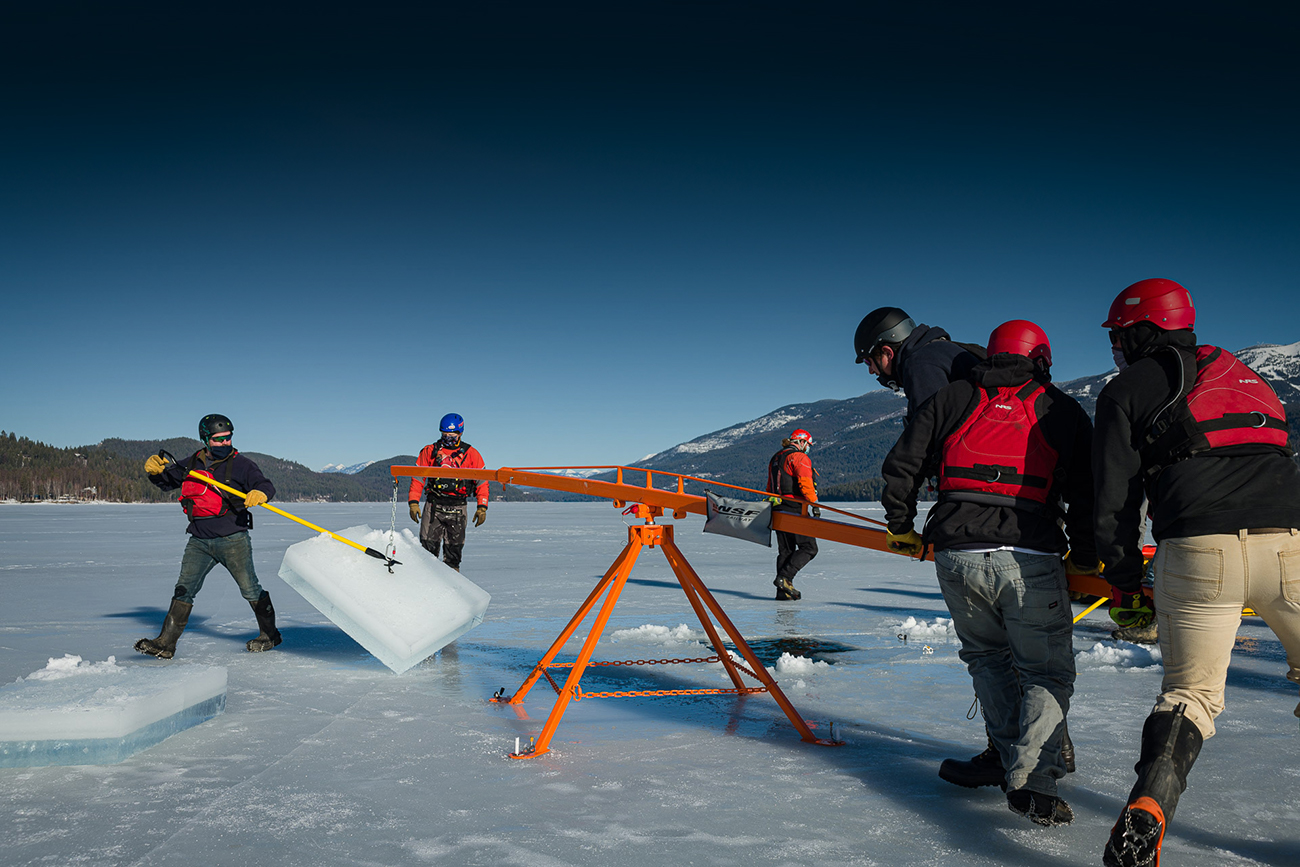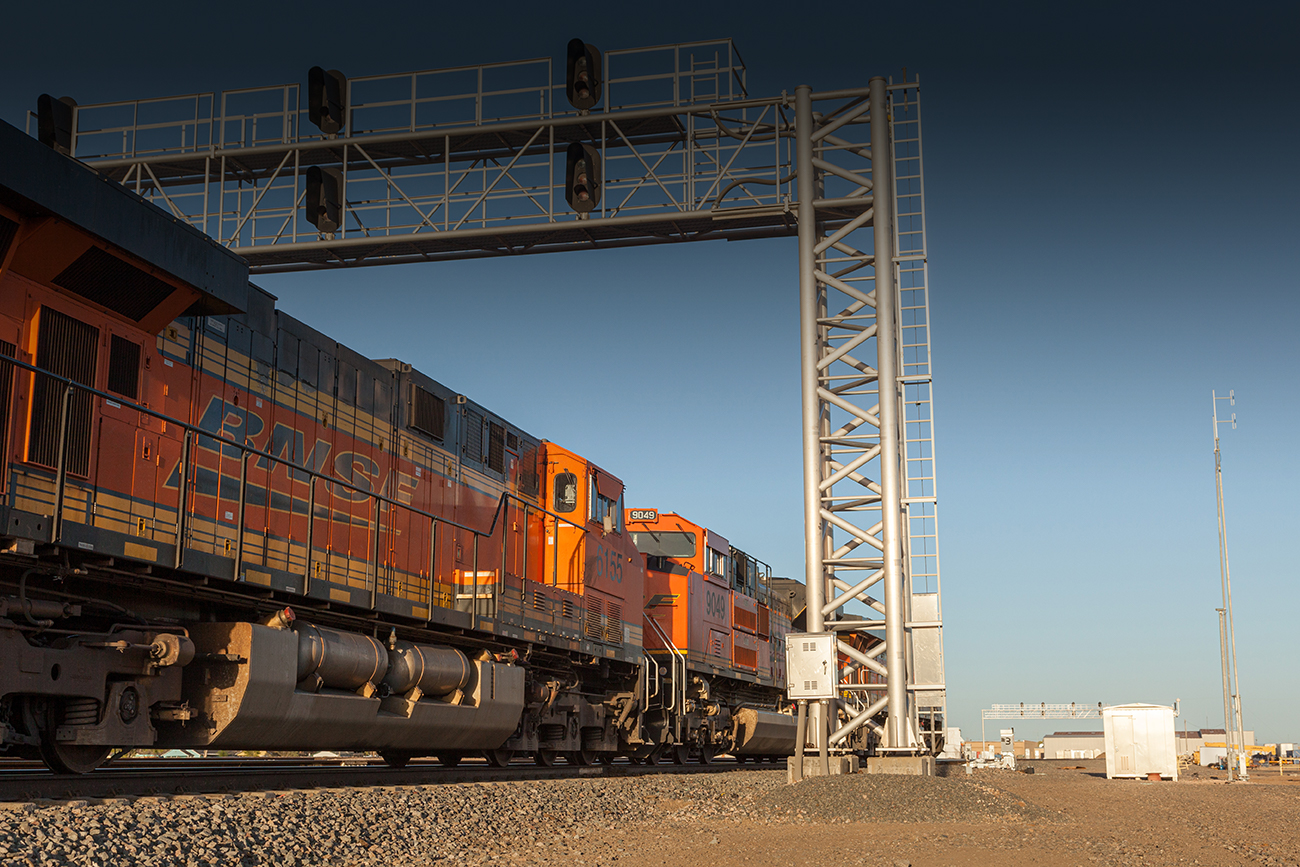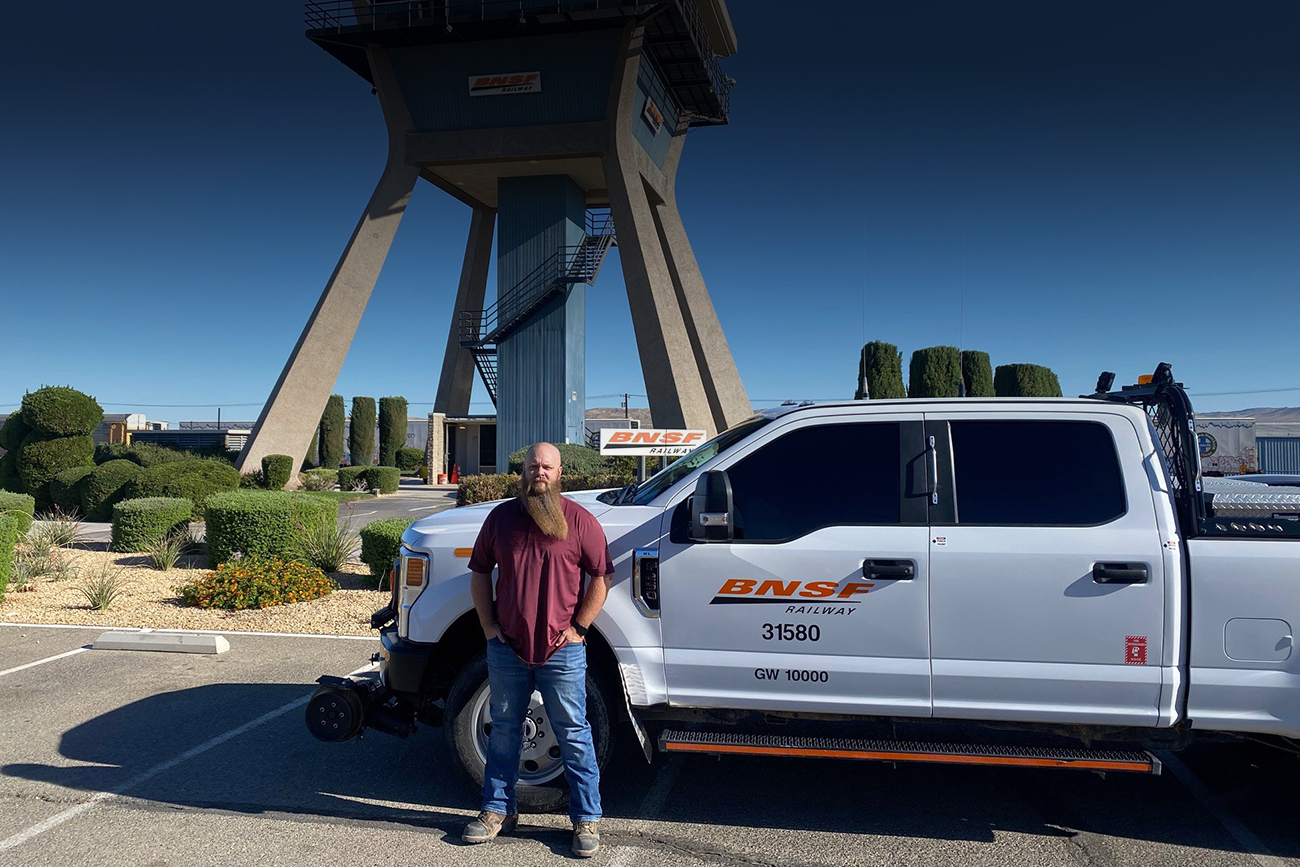Incident Command team training: Safety in numbers

A long-held value at BNSF is protecting the communities and environment where we live and work. That’s why we work closely with communities’ first responders to be prepared in the unlikely event of an emergency. This training is important, even though an average of 99.999 percent of hazardous materials shipments arrive at their destination without an accident-caused release.
The safe transport of hazardous materials always begins with a plan. The BNSF Hazmat Team meets with responding agencies across our network for Incident Management Training and to exercise how they would coordinate their efforts through the National Incident Management System (NIMS).
NIMS is a systematic, proactive approach to guide departments and agencies at all levels of government, nongovernmental organizations and private sector to work together seamlessly and manage incidents involving threats and hazards regardless of cause, size, location or complexity to reduce loss of life, property and harm to the environment.
During these trainings, BNSF teams and local, regional, state and federal organizations come together to ensure lines of communication are open and that all parties understand their role in the event of a hazmat incident.
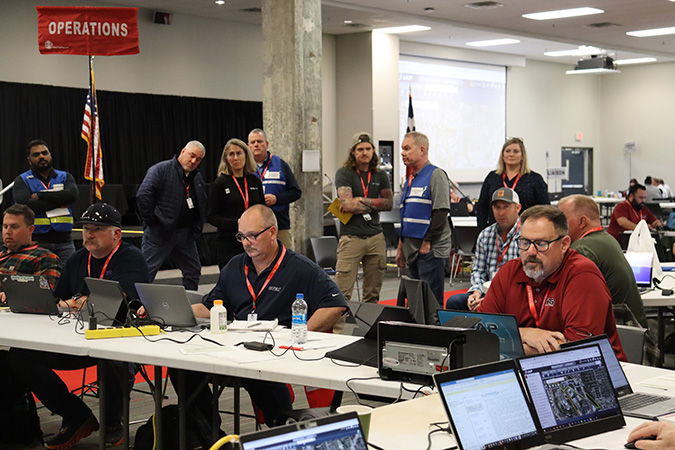
BNSF and representatives from the Environmental Protection Agency, Tarrant Regional Water District, Texas Commission on Environmental Quality, City of Fort Worth and its Fire, Police, and Emergency Response departments, as well as many others gathered last week in Fort Worth, Texas, for the exercise. The training centered around a hypothetical derailment near a river.

“The main goal of these trainings is to ensure that in the event of an emergency, we have a coordinated response with other organizations in the area, and state and federal entities,” Pat Brady, BNSF’s general director of hazardous materials, said. “All aspects of an emergency response – from getting information out to the public to managing operations – are coordinated by the unified command team.”
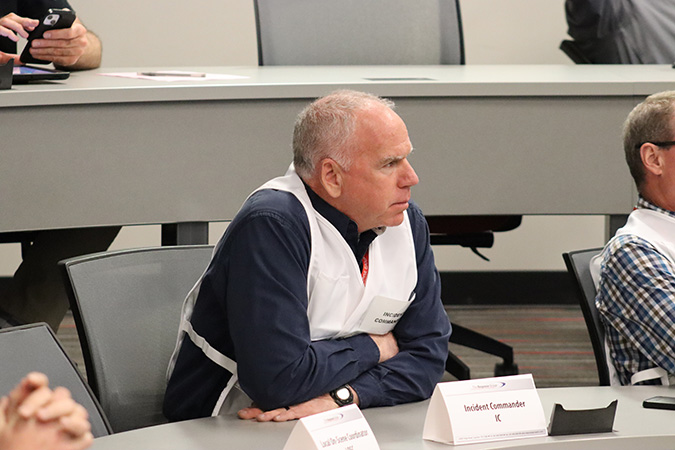
A unified command team is made up of local, regional, state and federal organizations like those attending the Fort Worth training. Should a hazardous rail event occur, members of the unified command team would communicate with government entities and the public about the incident as well as manage cleanup and operations around the site safely and efficiently.
“In the event of an incident, the unified command as a whole work together and decide how to manage all aspects of the incident,” said Emily Spears, BNSF’s manager of hazmat compliance.
“Our No. 1 priority in hazmat emergencies is always the safety of first responders and the community. The reason we do emergency training is to test our contingency plans and collaborate with local, state and federal agencies so that we all agree on common objectives and work together to maintain safety and environmental protection if there is an actual incident,” Nic Winslow, BNSF Manager Hazmat Planning, said. “BNSF’s Hazmat team travels across our rail network conducting multiple community hazmat and oil spill training events each year with our industry and agency partners in addition to providing hazmat awareness training to approximately 5,000 community first responders per year so they can be prepared too.”
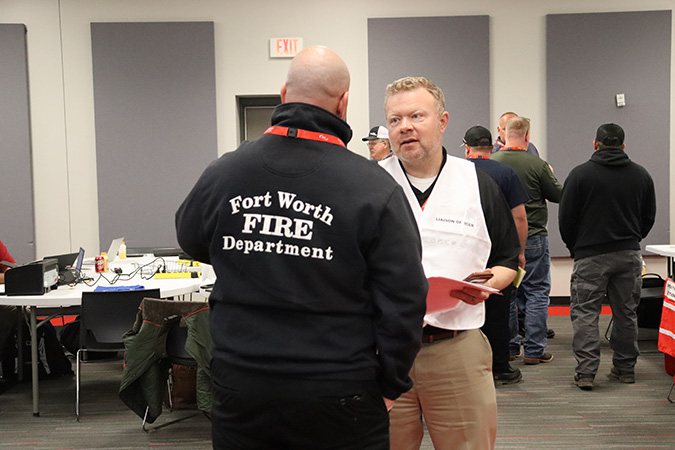
When an incident occurs, all organizations involved follow their outlined plans and procedures to keep everyone in the area safe and restore the area to everyday functioning as quickly as possible.
“By working with these communities and agencies during training events, we build relationships with each of them,” Winslow said. “When we form those relationships and combine that with hazmat skills and equipment training, we create the best possible outcome should there be a hazmat release incident on our tracks.”
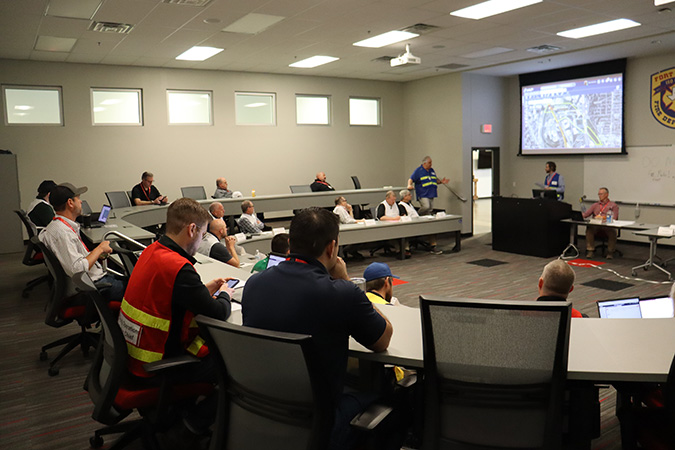
One of the most beneficial outcomes of these trainings is having so many organizations involved in the planning process. That collaboration helps everyone to understand each other’s different layers of safety. Having those relationships established before an emergency occurs also lets everyone know that they can rely on one another.

“BNSF is such a large part of the Fort Worth community,” Fort Worth Fire Department Chief Jim Davis said. “We are honored to have hosted this event at the Bob Bolen Fire Training Center as we work to build relationships and learn from each other to foster cooperation and coordinated responses to any incident in our region as our communities need and expect.”

The Fort Worth event was well executed, with all plans established and objectives met by the teams participating. For BNSF’s hazmat team this was a culmination of many years of hard work in strengthening incident command.
“The takeaway for everyone,” Spears said, “is by conducting these types of exercises and training with agency representatives and stakeholders we are prepared to successfully coordinate and manage an incident together should one occur.”
